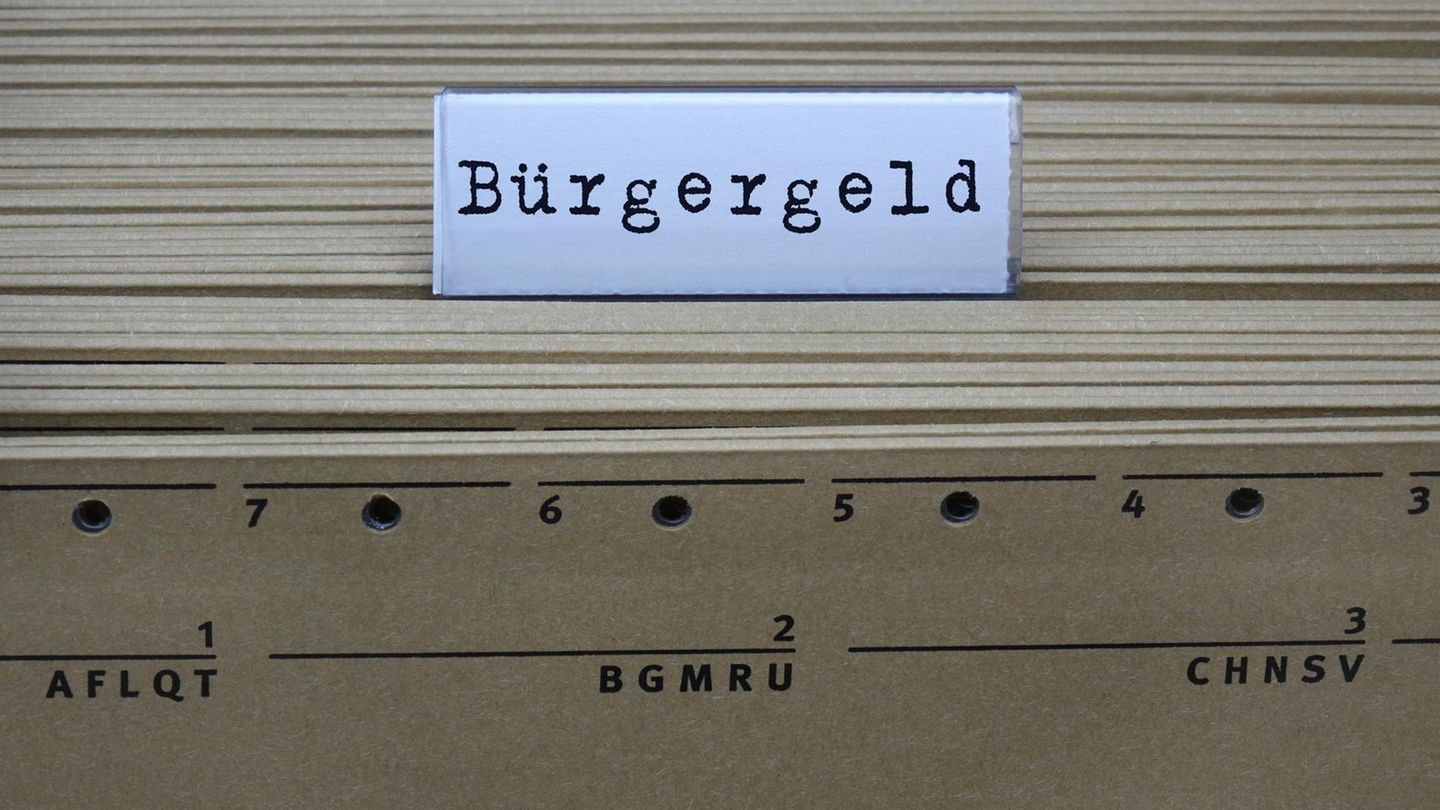Welfare state
How much citizenship can you get at most?
Copy the current link
Add to the memorial list
The discussion is not new: is the citizens’ allowance too high? Most recently, Boris Palmer was outraged by a citizenship notice. How much money can you actually get from the state?
It was supposed to be the big social reform: in 2023 the traffic light government introduced the citizens’ money-a social benefit with a positive name that replaced the unpopular Hartz IV. Citizens’ money should be human -friendly and unemployment should take their stigma.
Today, the citizens’ allowance seems to be controversial as Hartz IV before. According to a current survey by the MDR, four fifths of the Germans are to tighten sanctions. In addition, the civil allowance is too high. Many recipients stop looking for regular work.
But how does the citizens’ allowance actually come together and what could a recipient get theoretically maximum?
Set of rules
The idea of the citizens’ allowance: it serves to secure the subsistence level for people who are able to work and in need, but cannot make a living from their own income or assets.
The basic building block of this livelihood is the so -called standard rate. It is 563 euros a month for single and single parents. Adults living with partners receive 506 euros.
| Single and single parents | 563 euros |
| Couples | 506 euros |
| 18 to 24 year old children | 451 euros |
| 14- to 17 year old children | 471 euros |
| 6 to 13 year old children | 390 euros |
| Children up to 5 years | 357 euros |
For children there is ExtraGeld: 451 euros for 18 to 24 year olds, 471 euros for 14- to 17 year old children, and 390 euros for 6 to 13 year olds. For children who are younger than six years, the state pays 357 euros a month.
So someone gets the most who is single parent and has children between the ages of 14 and 17: 563 euros plus 471 euros per child a month.
Additional requirement
Due to special living conditions, citizens’ benefit benefits can have an increased need that goes beyond the standard requirements.
- Pregnant women (17 percent of the decisive standard requirement from the 13th week of pregnancy until delivery)
- Single parents (depending on the age and the number of children)
- Employable civil allowance beneficiaries with disabilities who descend their duties of cooperation (35 percent of the relevant standard requirement)
- Citizens’ benefit beneficiaries who need a cost -intensive diet for medical reasons
- Citizens’ benefit beneficiaries with class GSt disabled ID (17 percent of the relevant standard requirement)
As with the standard rate, the most gets the most here who is single parent and has children. With five children you get an additional 60 percent of the 563 euros in the standard rate: 337.80 euros.
| 1 child under 7 years | 36 percent |
| 1 child over 7 years | 12 percent |
| 2 or 3 children under the age of 16 | 36 percent |
| 2 children over 16 years | 24 percent |
| 4 children | 48 percent |
| from 5 children | 60 percent |
Rental costs
The state also covers rent and heating costs. However, these must be appropriate. For this purpose, the rental mirror and the average operating costs in a city are evaluated.
These are, for example, the current adequacy limits for gross rent including water costs in Hamburg (taking into account the rental mirror 2023):
| 1 person | 573.00 euros |
| 2 people | 693.60 euros |
| 3 people | 813.00 euros |
| 4 people | 980.10 euros |
| 5 people | 1361.85 euros |
| 6 people | 1545.60 euros |
| Every additional person | 193.20 euros |
So if you live in one household with five other people, you would “get” 1545.60 euros. The following also applies: In the first year of the purchase of ongoing services (maternity leave), the rent is also adopted if it is higher than the adequacy limit. In theory, you could live in an apartment alone for 5000 euros and the state would pay for the rent. However, the heating costs are only covered to a reasonable extent from the start of the service.
Maximum citizens’ allowance
The maximum citizenship benefit, which would realistically be paid in Hamburg, for example, receives a single parent with five children between the ages of 14 and 17 (possible from multi -resorts or adoptions). The family would get:
- 563 euros for the adult recipient
- Plus 471 euros per child
- Plus 337.80 euros additional requirement because the recipient is single parent
- Plus 1545.60 euros rent reimbursed
- So: 4801.40 euros
In theory, an increase in the citizens’ allowance to the four -digit range and more would be possible, since the payment amount increases for each additional child. In the first year of performance, it would also be possible to live in a more expensive apartment whose rental costs are covered.
Source: Stern




